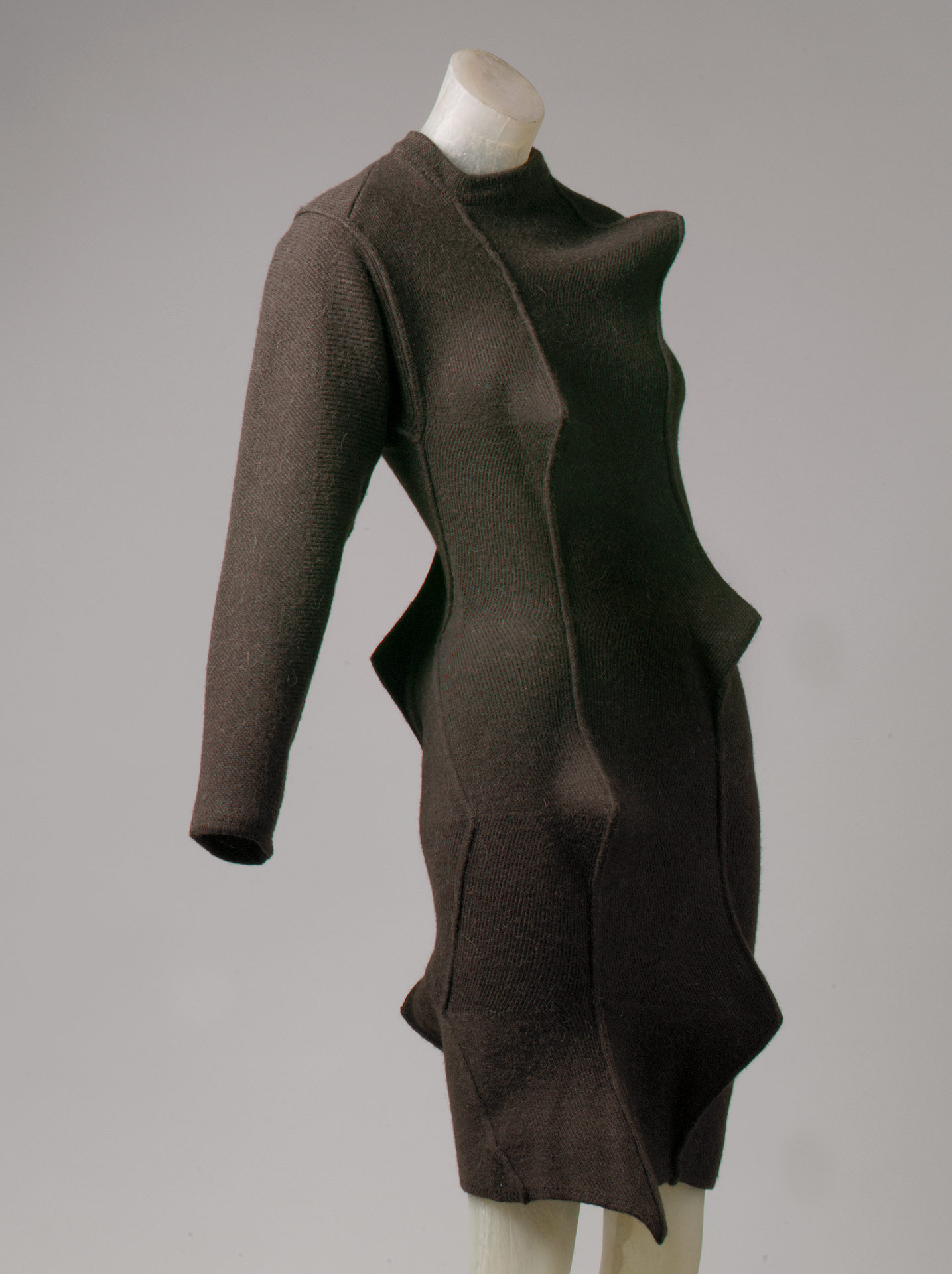From the 1st century AD and in the times of ancient Crete we can find visual evidence of woman wearing a bikini. It’s use may have changed slightly over time but for all intensive purposes we can trace the use of the bikini for women for thousands of years. It has invariably come in and out of favor as the times have changed and women's bodies covered or uncovered as societies views morphed, but as we can see from the pictures I have found that it has been a style of dress that has been worn and revisited for centuries upon centuries.
Taken from Fashionera.com , I found a humorous quote regarding how the Bikini got named,
“The modern version was patented by Louis Reard in 1946. His design was more akin to the skimpy string 1970's bikinis. Bikinis made news then and as versions have become skimpier they have always attracted attention. When the Bikini was named its impact was likened to the test atomic explosion on Bikini atoll.”
And that is exactly how it got named so, because it reminded Louis Reard to the atomic testing that had happened on Bikini Atol. I can only imagine the ripples in the water that women baring so much skin during that time. It must have been quite shocking, but times were changing so rapidly, changes in fashions and freedoms for women were coming in leaps and bounds. As we look back and reflect today, we can see that this form of garment was worn so long ago, fell out of wear as women were covered and their bodies not shown publicly, and again came full circle to reveal and free the woman’s body to be revealed, coveted and admired.















